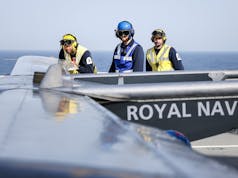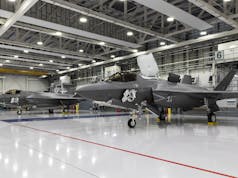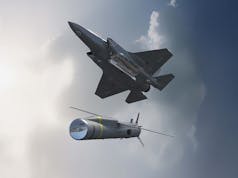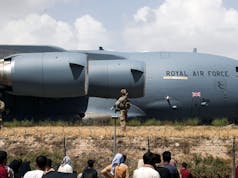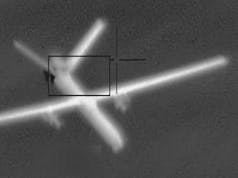The USS George Washington welcomed the F-35C and a team of test pilots and engineers aboard to complete the third round of developmental testing.
Sylvia Pierson, F-35 Lightning II Joint Program Office/Naval Variants Public Affairs Officer said:
“The full complement of F-35 sensors delivers a spherical view of the battlespace that equips the pilot, the commander at sea, and the commander on the ground with information from many sources and enables the carrier strike group and joint force to make critical decisions based upon that information. The aircraft combines this sensing capability with the Navy’s first stealth at-sea to see adversaries first, take decisive action, and come home safely. Overall, this fusion of information that is shared by the pilot with those on the ground and on the sea is a game-changer.
We test to make sure the aircraft meets all the specifications, and we test in the at-sea environment across the spectrum of operations the aircraft will be called upon to perform. When the aircraft is declared ready for combat operations and a squadron takes it on deployment, the warfighter can rest assured that every scenario in which they could possibly fly has already been tested by the Pax River Integrated Test Force.
Somebody may launch with all their weapons but they may land asymmetrical. We are testing for symmetric and asymmetric loads. We test different weights, in terms of fuel and weapons. We test in crosswind conditions and evaluate the aircraft with regard to the movement of air around the island. We conduct a lot of testing at Naval Air Station Patuxent River, Md., but you can’t replicate the carrier environment.
Prior to DT-I, the first developmental test phase at sea, the team determined that the tailhook required a redesign. Together they identified the problem, designed and tested a solution, and it worked. The aircraft conducted 124 catapult launches, 124 arrested landings, experienced no unintentional bolters, and was a three-wire machine. We had such confidence in the aircraft that we even conducted night operations for the first time during DT-I since the F-4 era. Ultimately, that’s what we are here to do with the aircraft. The manufacturer builds the aircraft, and the Navy, as a customer, has to go test drive it, to make sure that it does everything that it is supposed to do.”
The testing is the final at-sea stage in preparation of the initial operational capability (IOC) slated for 2018.




